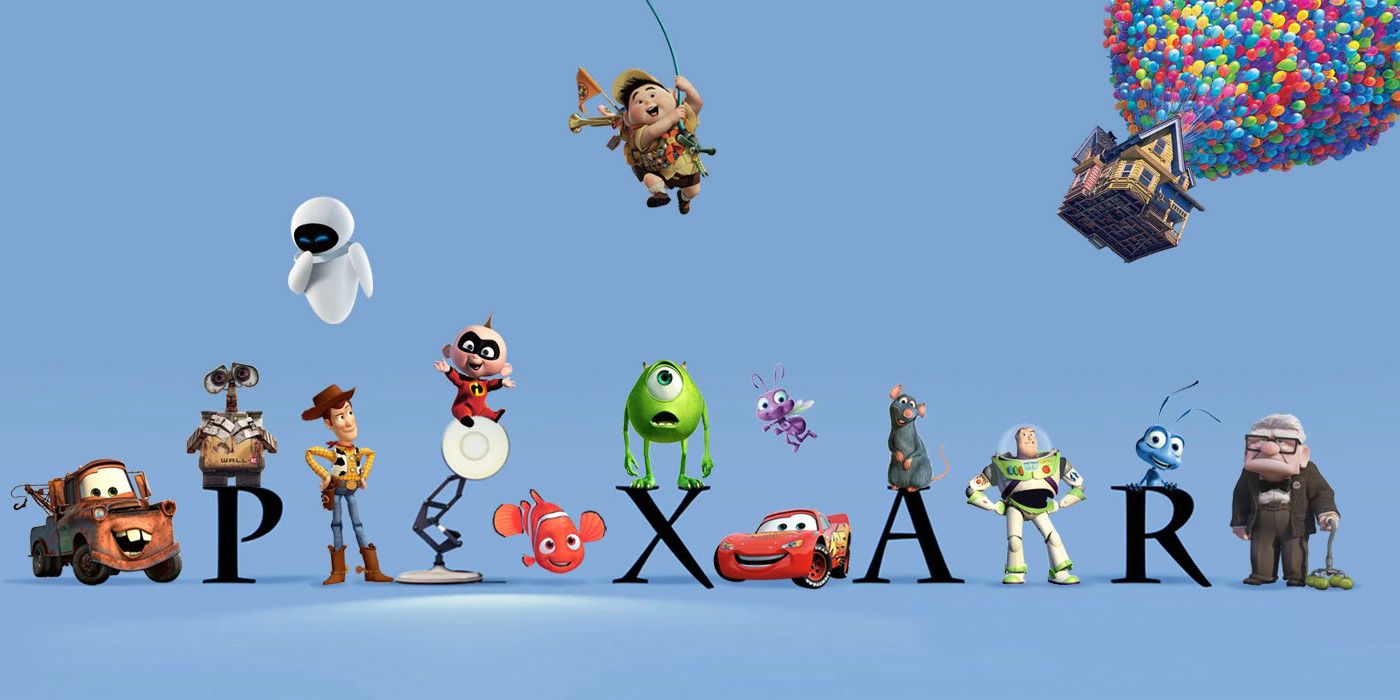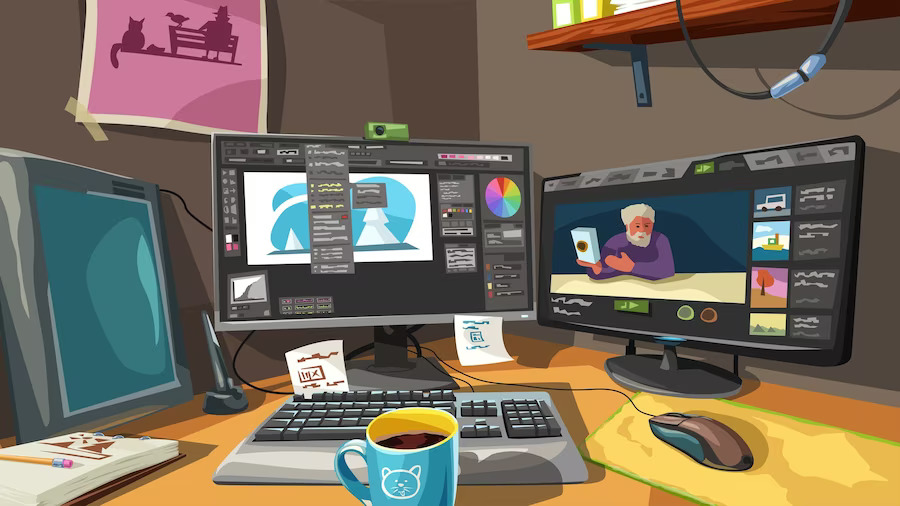Checking Out the Latest Patterns in Architectural 3D Visualization With Making Providers
You're witnessing a considerable shift in architectural 3D visualization, driven by cutting-edge making solutions. Technologies like real-time rendering and immersive virtual reality are reshaping how customers engage with styles. Photorealistic visuals develop deeper psychological links. As sustainability takes facility stage, environment-friendly ideas gain traction in visualizations. Curious concerning exactly how these trends are revolutionizing architectural methods? Let's explore what exists in advance in this evolving landscape.
The Rise of Real-Time Making in Design

Digital Truth and Augmented Fact: Immersive Customer Experiences
In today's architectural landscape, augmented and virtual reality are transforming how you connect with styles. These technologies provide improved interactivity and real-time visualization, making it simpler for you to comprehend complicated concepts. And also, they simplify task partnership, making sure every person remains on the exact same web page throughout the procedure.
Boosted Design Interactivity
With the rise of digital fact (VIRTUAL REALITY) and augmented fact (AR), clients currently experience architectural layouts in methods that were when unbelievable. You can step inside your future space before it's constructed, checking out every edge with immersive detail. These innovations let you imagine how light communicates with products, allowing you to make educated layout choices. You can change colors, structures, and designs in real-time, giving you a feeling of possession in the design procedure. This interactivity fosters better interaction in between you and your designer, making certain that your vision straightens with the last product. With virtual reality and AR, you're not just observing; you're proactively joining the creation of your setting, bring about a much more customized and enjoyable experience.
Real-Time Visualization Advantages
While exploring your architectural project through real-time visualization, you gain an exceptional understanding of your future space. Online Fact (VIRTUAL REALITY) and Enhanced Truth (AR) immerse you in your styles, permitting you to stroll via and communicate with every information. You can imagine just how light plays across surface areas, examine spatial connections, and even make style adjustments on the fly. This instant responses equips you to make enlightened choices, guaranteeing your vision lines up with truth. Plus, sharing these immersive experiences with clients improves interaction, cultivating trust and cooperation. By entering your project virtually, you can identify prospective issues early, ultimately saving time and resources while producing an extra engaging style narrative. Accept the future of building visualization today!
Seamless Task Collaboration
When you leverage Digital Fact (VIRTUAL REALITY) and Enhanced Reality (AR) for job cooperation, you produce an appealing environment where customers can proactively join the style procedure. These immersive innovations allow customers to envision rooms in real-time, making it easier for them to realize ideas and offer prompt responses. Rather than relying on fixed pictures or traditional blueprints, you can deliver clients right into a 3D design, aiding them really feel the range and circulation of a space. With AR, customers can overlay digital layouts onto existing environments, facilitating much deeper understanding and connection. This smooth communication not just enhances interaction between you and your customers but additionally improves decision-making, making certain every person stays aligned throughout the task lifecycle.
Photorealistic Making: Bringing Designs to Life
Photorealistic making changes your designs right into lifelike visuals, making it less complicated for customers to visualize the last product. You'll find the lots of benefits it offers, from boosted discussions to far better decision-making. Plus, you'll discover the tools that can help you accomplish spectacular realistic look in your building visuals.
Advantages of Photorealistic Rendering
As you check out the world of architectural style, the benefits of photorealistic making ended up being increasingly apparent. This technique enables you to provide your concepts with striking realism, making it much easier for clients to imagine the final product. You'll discover that premium visuals evoke feelings and develop a more powerful link with your target market. Plus, photorealistic rendering helps you identify possible design problems early, saving you money and time during the building phase.Moreover, these magnificent photos can raise your advertising initiatives, establishing you aside from rivals. When you showcase your job with natural information, you're likely to attract more customers and safe projects. Ultimately, purchasing photorealistic rendering boosts both your style process and company opportunities.
Devices for Realistic Visualization
High-grade visualization counts on the right devices to bring your styles to life. You'll want to check out powerful software like Autodesk 3ds Max, V-Ray, and SketchUp, which are essential for creating photorealistic renderings. These tools let you control color, appearance, and light, enhancing the realistic look of your tasks. Do not overlook the relevance of high-resolution structures and progressed lighting methods; they can considerably elevate your visuals. In addition, take into consideration utilizing plugins and attachments that improve your workflow, conserving you time while optimizing high quality. Real-time providing engines like Unreal Engine can additionally be a game-changer, enabling instantaneous feedback as you style. By leveraging these tools properly, you'll mesmerize your audience and breathe life into your building visions.
The Role of AI in Architectural Visualization
While conventional approaches of building visualization have site link their advantages, the assimilation of AI is transforming the field in unmatched means. You're likely to discover exactly how AI-powered devices simplify the design procedure, enhancing effectiveness and creativity. These intelligent systems can examine vast amounts of information, predicting how styles will do in real-world scenarios.Imagine creating multiple design options in seconds, allowing you to check out more options than in the past. AI additionally aids in rendering by optimizing textures and illumination, creating sensational visuals that mesmerize your clients.Moreover, AI can help you determine prospective concerns early in the style phase, minimizing expensive alterations later. As you embrace these technologies, you'll find that they not only boost your workflow but additionally allow you to create more innovative and impactful layouts. The future of building visualization is undoubtedly intertwined with the power of AI, and it's time to harness it.

Sustainable Layout Visualization: Showcasing Eco-Friendly Concepts
AI's innovation isn't practically effectiveness; it likewise plays an essential duty in promoting lasting layout methods. By utilizing 3D visualization devices, you can effectively showcase environmentally friendly principles that resonate with your stakeholders and customers. These tools permit you to simulate natural lights, maximize energy intake, and visualize sustainable products in genuine time.Imagine offering your designs with reasonable makings that highlight environment-friendly roofings, solar panels, and rainwater harvesting systems. This not only boosts your job's allure but also informs viewers on the benefits of sustainability. You'll discover that customers are progressively drawn to styles that focus on ecological duty, and your visualizations go can make these principles tangible.Incorporating sustainable design visualization into your process can elevate your projects, advertise eco-conscious selections, and ultimately add to a greener future. Accept these technologies to lead the cost in lasting style.
Collaborative Design Processes Improved by 3D Visualization
As you submerse on your own in joint design procedures, 3D visualization can significantly improve communication among employee and stakeholders (Bowen Studios). It creates a shared visual language that connects gaps in between customers, engineers, and designers. When everybody can see a sensible making of the task, it's easier to discuss concepts, supply comments, and make decisions.Using 3D designs, you can swiftly repeat on styles, enabling rapid modifications based upon input from diverse perspectives. This cultivates a sense of possession amongst staff member, as they can actively contribute and visualize their concepts in real-time. In addition, 3D visualization tools usually come with interactive functions, enabling stakeholders to check out areas from various angles or also replicate illumination problems. This level of involvement not only makes clear the design intent but also aids to recognize prospective concerns early, eventually enhancing the general style process
The Future of Rendering Services in Design
With modern technology advancing right here at a fast rate, making solutions in architecture are positioned for an improvement that will boost both effectiveness and creative thinking. You'll see developments like real-time rendering, allowing you to picture adjustments instantaneously during the design procedure. This means fewer revisions and quicker decision-making, ultimately saving you time and resources.Moreover, fabricated intelligence is making its mark, improving process from principle to completion. Envision software that learns your style choices and suggests layout elements tailored simply for you. Digital fact will certainly additionally play a substantial role, offering immersive experiences that allow customers walk through areas before they're built.As sustainability comes to be a focus, rendering services will incorporate energy-efficient modeling, assisting you style greener structures. Welcoming these improvements will certainly not only elevate your projects but also position you at the forefront of architectural development. The future of making solutions is brilliant, and you won't wish to miss out on out.
Regularly Asked Questions
What Software Application Is Frequently Utilized for Building 3D Visualization?
You'll typically discover software like SketchUp, Revit, and 3ds Max being used when it comes to architectural 3D visualization. These tools aid you develop magnificent visuals that bring your styles to life properly and effectively.
Exactly How Can I Choose a Rendering Company?
When selecting a rendering provider, you should consider their profile, client testimonials, interaction style, and turnaround times. It's vital to ensure they straighten with your vision and can fulfill your task target dates effectively.
What Is the Typical Cost of Making Solutions?
The average price of making services differs commonly, commonly varying from $100 to $1,000 per picture. Factors like task intricacy and top quality requirements greatly influence these costs, so it's wise to obtain multiple quotes before choosing.
For how long Does the Making Process Typically Take?
The rendering process normally takes anywhere from a couple of hours to several days, depending on the intricacy of your task and the top quality you're intending for (Bowen Studios Utah). Factors like resolution and details can significantly influence the timeline
Can 3D Visualization Help in Acquiring Client Approvals?
3D visualization aids you existing your concepts plainly, making it less complicated for clients to comprehend your vision. Involving visuals commonly cause quicker authorizations, ensuring your project moves on efficiently and successfully.
Conclusion
As you explore the current patterns in building 3D visualization, it's clear that providing solutions are changing the industry. Real-time rendering, immersive innovations, and photorealistic visuals not just enhance customer experiences yet also promote sustainability and partnership. By using AI tools, you're improving process and enhancing layouts for power efficiency. Embracing these improvements settings you at the center of architectural innovation, ensuring your projects resonate with both customers and the environment. The future looks intense! Technologies like real-time making and immersive digital fact are improving just how customers engage with designs. Top notch visualization counts on the right devices to bring your styles to life. These intelligent systems can analyze large amounts of data, forecasting exactly how layouts will certainly do in real-world scenarios.Imagine producing several layout alternatives in secs, allowing you to check out even more choices than ever before. You'll locate that customers are significantly attracted to styles that prioritize environmental obligation, and your visualizations can make these ideas tangible.Incorporating lasting design visualization into your operations can boost your tasks, promote eco-conscious choices, and inevitably contribute to a greener future. As you immerse on your own in collective design procedures, 3D visualization can significantly improve communication amongst team members and stakeholders.